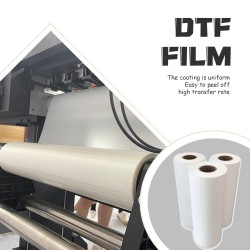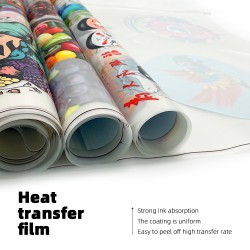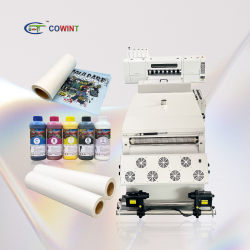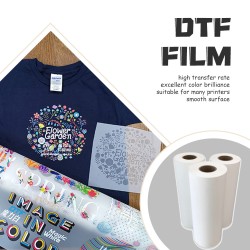The fixing agent in textile printing and dyeing auxiliaries refers to the auxiliary auxiliaries added before and after dyeing the fibers with dyes to improve the dyeing fastness. The dyes can also be dyed without fixing the dyeing agent, but the dyeing fastness is poor. From this definition , Substances that create necessary conditions in the dyeing process are not called fixatives, such as alkaline agents for reactive dyes dyeing, dichromate for mordant dyes in wool dyeing, etc.
1. Fixing mechanism
The dyeing mechanism and dyeing fastness of dyes on different fibers are different, so the fixing agents of dyeing agents are also different. The covalent bonds formed by reactive dyes and fibers are quite strong. In fact, unreacted dyes will still fall off the fabric and require fixing with a fixing agent, similar to direct dye fixing. Therefore, fixatives used for reactive dyes can also be used for direct dyes. Acid dyes are used for dyeing wool, silk and nylon. Due to the difference in the molecular weight of the dyes, the number of water-soluble groups and the objects of the dyes, the color fixing methods of the acid dyes are different. Early acid dyes for wool dyeing with copper salts, titanium salts, tin salts or chromium salts have good results. Acid dyes for nylon use antimony tannin or synthetic tannin, which can improve the fastness to wet treatment. To improve the soaping fastness of sulfur dyes, alkylating agents or quaternary ammonium salt compounds can be used. The differences in the fixing mechanism of various dyeing and fixing agents are as follows:
1.1 Reduce the water solubility of dyestuffs, thereby improving wet fastness. For example, direct dyes and reactive dyes are treated with cationic fixatives to generate lakes to improve wet fastness. Direct copper salt dyes are treated with copper salts, and acid mordant dyes are treated with chromium salts after dyeing to form chelates between the dyes and fibers, reducing their water solubility and improving color fastness.
1.2 Forming a film on the surface of the fiber increases the difficulty of dye dissolution, thereby improving the fastness to wet treatment. For example, a resin finishing agent is used to form a film on the surface of the fiber to reduce the dissolution of the dye during washing to improve the dye fastness.
1.3 Use a cross-linking agent to cross-link dyes and fibers. For example, after using a cross-linking agent for direct cross-linking dyes, dyes and dyes, dyes and fibers are cross-linked to improve color fastness.
1.4 The actinic stability of the dye is improved by metal salt treatment, thereby improving the daily sprinkling fastness and wet fastness.
1.5 The cationic modification treatment of fibers introduces cationic quaternary ammonium groups into the fiber molecules, improves the dyeing performance of reactive dyes and direct dyes, and achieves the purpose of improving the fastness to wet treatment.
Second, the development stage of direct dyeing reactive dye fixing agent
2.1 Early resin type fixing agent
They have been used for the longest time and have a wide range of applications. They have a good color fixing effect on direct dyes, reactive dyes and acid dyes. The mechanism of color fixing is: (1) It has a high affinity for fibers; (2) The precipitate formed by combining with dyes is very stable during washing; (3) After color fixing treatment, it is condensed into three-dimensional network molecules after drying, and formed on the fabric. A transparent film to increase the wash fastness of the dye.
 +8615820889696
+8615820889696 Info@cowint.com
Info@cowint.com













